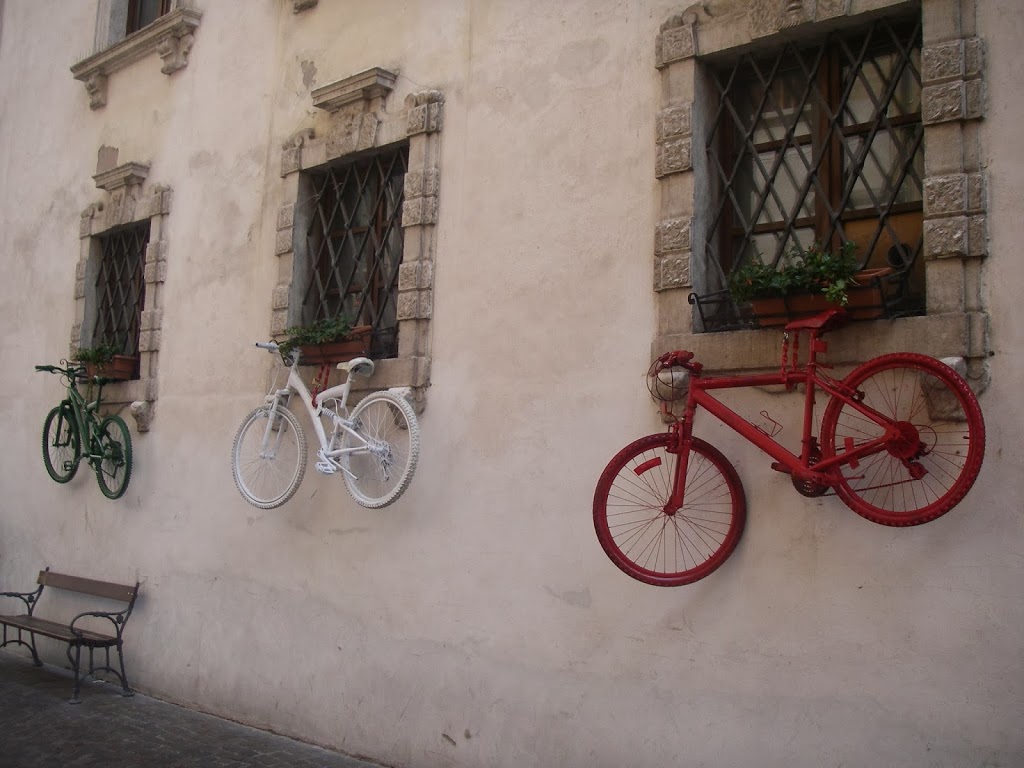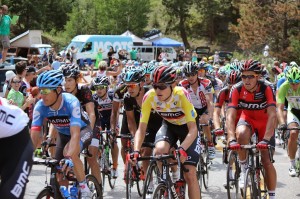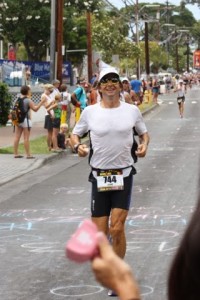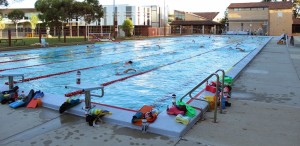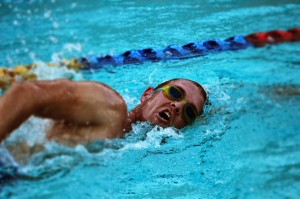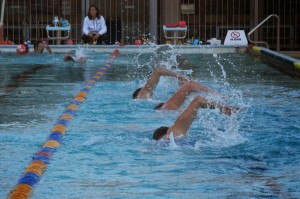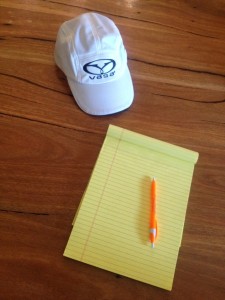One of the wonderful things about being a multisport athlete is there are endless ways to create workouts and have fun doing so. One order to combine events is by doing a swim/run or the more common term, aquathon. Competing in aquathon events is gaining popularity among athletes that are looking for new challenges in the multisport world. Some people love to swim and run as part of the fitness regime but when it comes to the bike have no desire, do not have a bike or can't afford one. Let's take a little closer look at some of the basics of aquathon.
For the swim/format, either a 1/3 - 1/2 mile swim, 3.1 mile run or 2/3 - 1 mile swim, 10K bike seem to be popular. Really any combination of distances could work predicated on the venue you are using. The swim part can be challenging because of limited access to water sometimes.
Time - It takes less time to train for an aquathon than a triathlon as the athlete is saving hours by not having to train for the bike portion of a triathlon which is close to 50% of most races.
Training - You can pretty much run anywhere it is just a matter of finding a lake, ocean or pool to swim in. If you're lucky to live near a fitness center with a Vasa Ergometer or have your own, you can complete your swimming and even stay dry. No cap, goggles, or bathing suit so you can already be dressed in your running stuff ready to go!
Variety - Along the lines of training, there are endless ways to combine events, based on distance, time or both to get a great workout and work on transitioning from one sport to another. One thing I used to enjoy doing when I lived in Kona, Hawaii was run to the ocean or pool as warm up, then do my swim workout, then run home either as an easy cool down, or a hard run if I was feeling spry. Just the opposite of that, some days a swim warm up, followed by a run, followed by a swim cool down was a great training session and swimming I have found over the decades is great way to finish off any run session.
If you ever have the chance to travel to Kona, head down to the pier for a swim, then a run along Ali'i drive. Great way to start the day. They have swim/run events from time to time their as well and they are free. More info, check out http://bigislandraces.com/extras/peaman-events/
For more questions about Aquathon, how to set up a training plan for it or questions in general about training, please contact me at eric@coachericneilsen.com
Make it a great week,
Coach Eric

